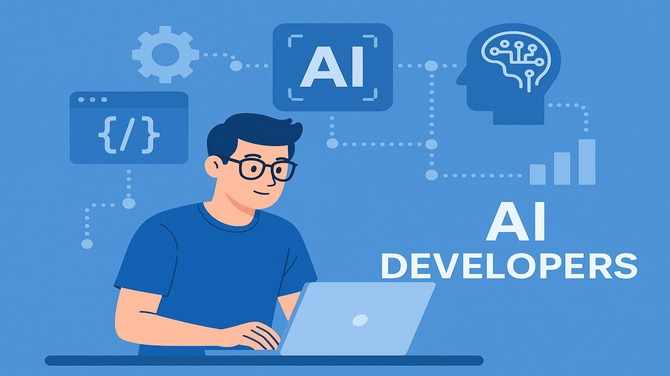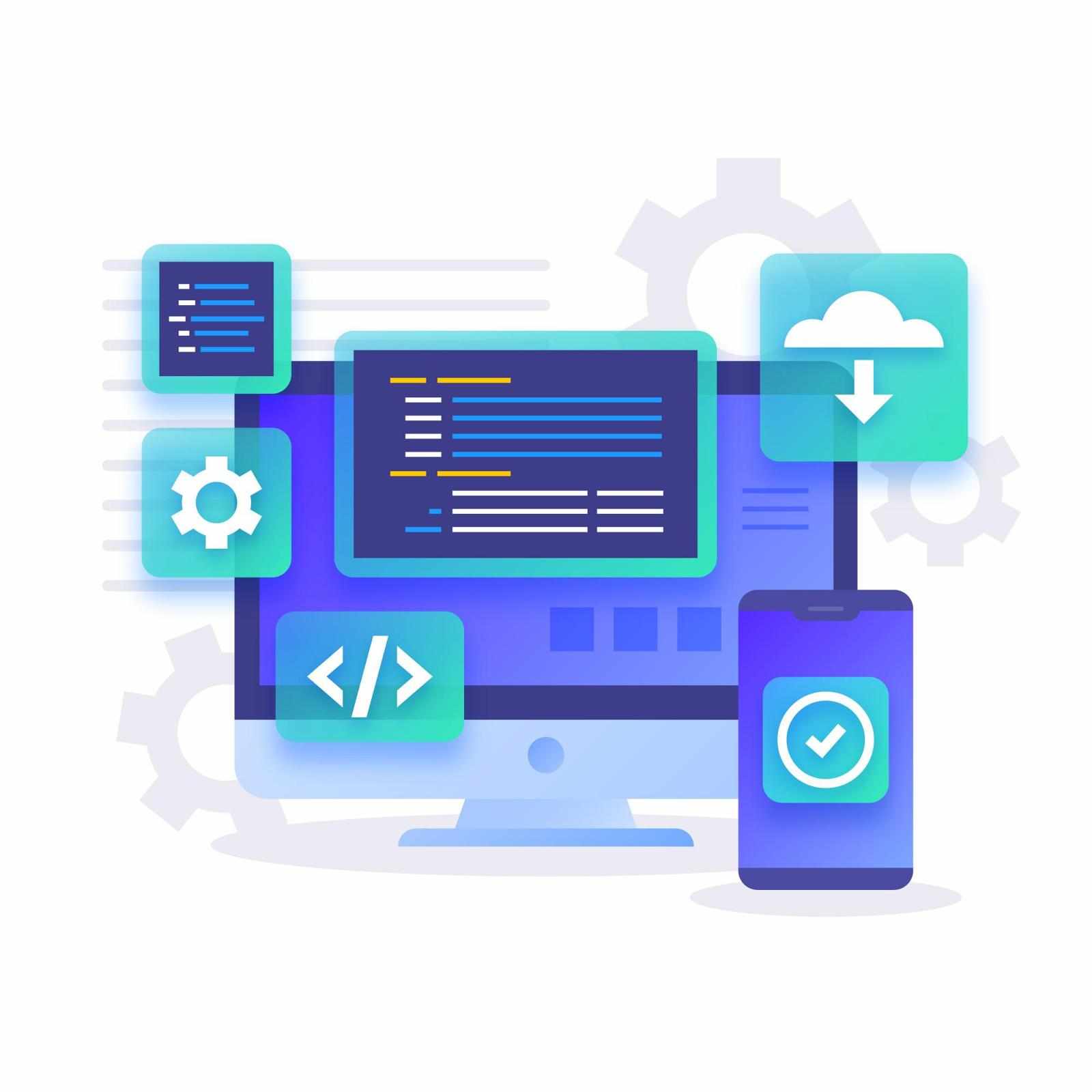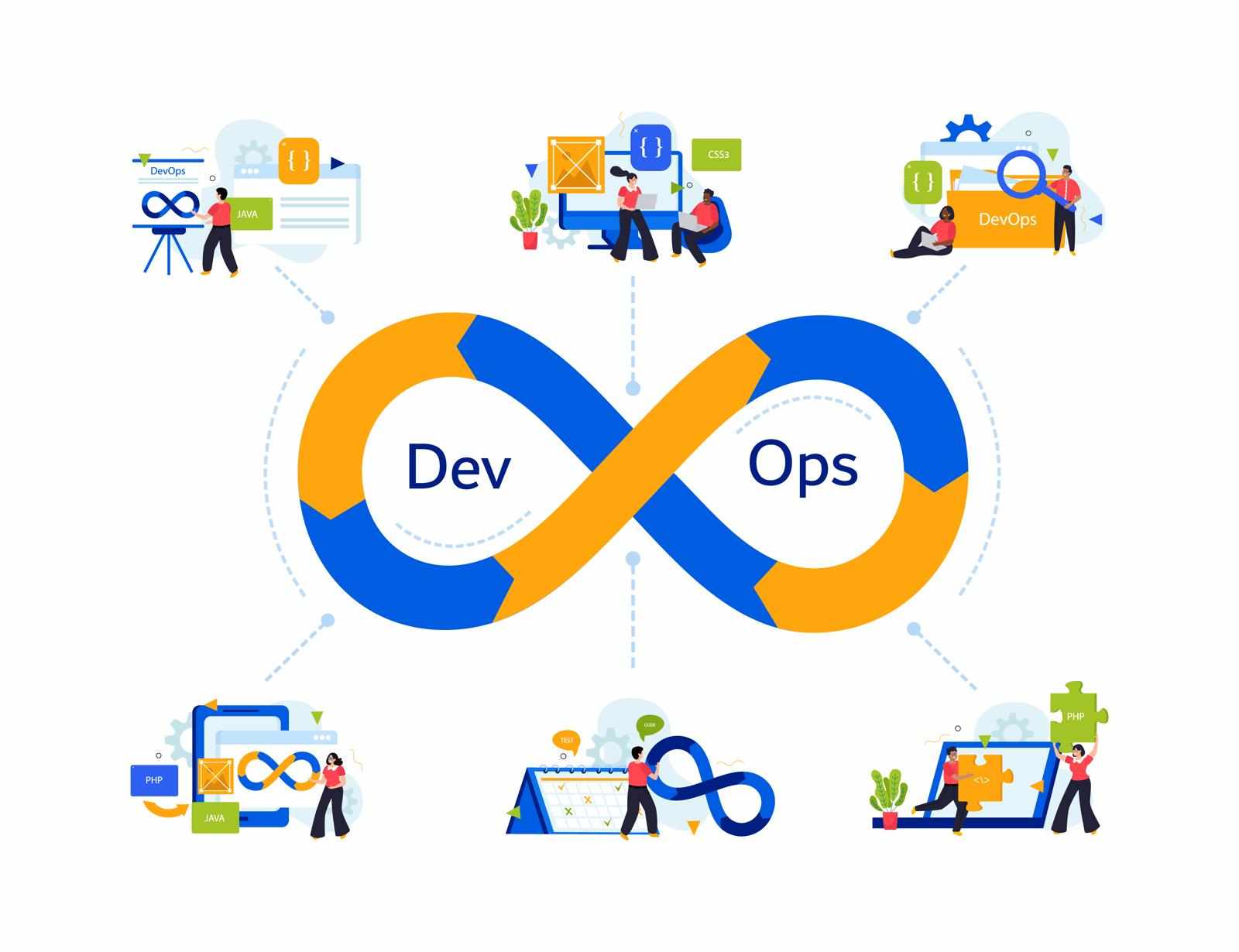
The artificial intelligence landscape has evolved dramatically, with two distinct paradigms emerging as game-changers: agentic AI and generative AI. While both technologies reshape how we interact with machines, they serve fundamentally different purposes and operate through unique mechanisms.
Understanding these differences is crucial for developers making informed decisions about AI integration in their projects.
Recent industry reports show that 73% of enterprises plan to implement AI agents by 2025, while generative AI adoption has already reached 65% among Fortune 500 companies. This rapid growth makes it essential for developers to grasp the core distinctions between these technologies.
What is generative AI, and how does it work?
Generative AI refers to artificial intelligence systems designed to create new content from existing data patterns. These models learn from vast datasets and generate text, images, code, or other media that resemble their training material.
The technology works by identifying statistical patterns and relationships within data, then using these insights to produce original outputs.
Popular examples include ChatGPT for text generation, DALL-E for image creation, and GitHub Copilot for code assistance. These systems excel at creative tasks, content production, and pattern recognition. However, they primarily respond to prompts rather than taking independent actions.
Core Capabilities of Generative AI Systems
Generative AI systems demonstrate remarkable versatility across multiple domains. They can write articles, generate programming code, create visual artwork, compose music, and even develop marketing content. The technology has proven particularly valuable for automating repetitive content creation tasks and providing creative inspiration.
Modern generative models like GPT-4 and Claude can handle complex reasoning tasks, maintain context across long conversations, and adapt their output style based on user requirements. They've become indispensable tools for content creators, developers, and businesses seeking to scale their creative operations.
Understanding Agentic AI: The Next Evolution
Agentic AI represents a more advanced form of artificial intelligence that can independently plan, execute tasks, and make decisions to achieve specific goals. Unlike generative AI, which primarily responds to prompts, agentic systems can break down complex objectives into smaller tasks, execute them sequentially, and adapt their approach based on results.
These systems combine multiple AI capabilities, including reasoning, planning, tool usage, and memory management. They can interact with external systems, APIs, and databases to gather information and complete multi-step workflows without constant human supervision. This autonomous behavior makes them particularly suitable for business process automation and complex problem-solving scenarios.
Key Features of Modern AI Agents
Today's AI agents possess sophisticated capabilities that extend far beyond simple response generation. They can maintain persistent memory across interactions, use external tools and APIs, engage in multi-step reasoning, and execute complex workflows autonomously.
These features enable them to handle tasks like customer service automation, data analysis pipelines, and even software development assistance.
Leading platforms like LangChain, AutoGPT, and Microsoft's Semantic Kernel provide frameworks for building custom AI agents. These tools allow developers to create specialized agents for specific business use cases, from financial analysis to content moderation and beyond.
Agentic AI vs Generative AI: Core Architectural Differences
The fundamental difference between agentic AI and generative AI lies in their operational approach and architectural design. Generative AI focuses on pattern recognition and content creation, using transformer architectures optimized for sequence generation.
These models excel at understanding context and producing coherent outputs but lack the ability to take autonomous actions.
Agentic AI, conversely, incorporates multiple components, including planning modules, memory systems, tool interfaces, and execution engines. This architecture enables agents to set goals, create action plans, monitor progress, and adjust strategies dynamically.
They can interact with external systems and maintain state across multiple interactions.
Technical Implementation Considerations
From a development perspective, implementing generative AI typically involves API calls to pre-trained models or fine-tuning existing models for specific use cases. The integration process is relatively straightforward, requiring developers to handle input preprocessing, prompt engineering, and output processing.
Agentic AI implementation demands more complex orchestration, including workflow management, error handling, state persistence, and integration with multiple external services. Developers must consider security implications, resource management, and monitoring systems to ensure reliable agent operation.
Performance and Use Case Scenarios
Generative AI shines in creative and content-focused applications where the primary goal is producing high-quality outputs from given inputs. These systems excel at writing assistance, code generation, image creation, and data summarization tasks. They're ideal for scenarios requiring creativity, pattern recognition, or content transformation.
Agentic AI proves superior for complex, multi-step tasks requiring autonomous decision-making and external system interaction. These systems excel in customer service automation, business process optimization, research assistance, and workflow orchestration. They're particularly valuable when tasks require persistence, adaptability, and independent problem-solving.
Real-World Application Examples
Major companies have successfully deployed both technologies across various sectors. Netflix uses generative AI for content recommendations and thumbnail generation, while their customer service employs agentic AI for automated support ticket resolution.
Similarly, software companies like GitHub leverage generative AI for code completion while using agentic systems for automated testing and deployment processes.
Financial institutions utilize generative AI for report creation and risk analysis while employing agentic AI for fraud detection and automated compliance monitoring. This dual approach maximizes the strengths of each technology while addressing their respective limitations.
Cost Analysis and Resource Requirements
Generative AI typically involves lower initial setup costs but can become expensive at scale due to compute-intensive inference operations. Most providers charge based on token usage, making cost prediction relatively straightforward. However, high-volume applications may require significant infrastructure investments or premium API access.
Agentic AI systems often require higher upfront development costs due to their complexity but can provide better long-term value through automation of expensive human tasks. The cost structure includes model inference, external API calls, storage for persistent memory, and orchestration platform fees.
Infrastructure and Scaling Considerations
Generative AI applications can leverage cloud-based APIs for easy scaling, though latency and data privacy concerns may require local deployment. Modern cloud providers offer optimized inference endpoints that handle scaling automatically, though costs can escalate quickly with high usage.
Agentic AI systems require more sophisticated infrastructure, including workflow orchestration, persistent storage, monitoring systems, and integration with multiple external services. This complexity necessitates careful architecture planning and robust DevOps practices to ensure reliable operation at scale.
Future Trends and Development Roadmap
The convergence of agentic AI vs generative AI represents the next frontier in artificial intelligence development. Future systems will likely combine the creative capabilities of generative models with the autonomous decision-making abilities of AI agents, creating more versatile and powerful AI assistants.
Industry experts predict that hybrid architectures will emerge, where generative AI components handle content creation tasks within larger agentic frameworks. This combination will enable more sophisticated applications capable of both creative output generation and complex task execution.
Current research focuses on improving agent reliability, reducing hallucinations, and enhancing tool integration capabilities. Major tech companies are investing heavily in agentic platforms, with Microsoft, Google, and OpenAI leading development efforts in this space.
Making the Right Choice for Your Project
Selecting between agentic AI and generative AI depends on your specific project requirements, budget constraints, and technical expertise. Consider generative AI for projects focused on content creation, creative assistance, or pattern-based analysis where human oversight is acceptable.
Choose agentic AI for applications requiring autonomous operation, complex workflow management, or integration with multiple external systems. These systems are ideal when you need persistent memory, multi-step reasoning, and the ability to adapt to changing conditions without human intervention.
The decision ultimately comes down to whether you need a powerful content generation tool or an autonomous system capable of independent action and decision-making. Many successful implementations combine both approaches, using generative AI for content creation within broader agentic frameworks for comprehensive automation solutions.




















Write a comment ...